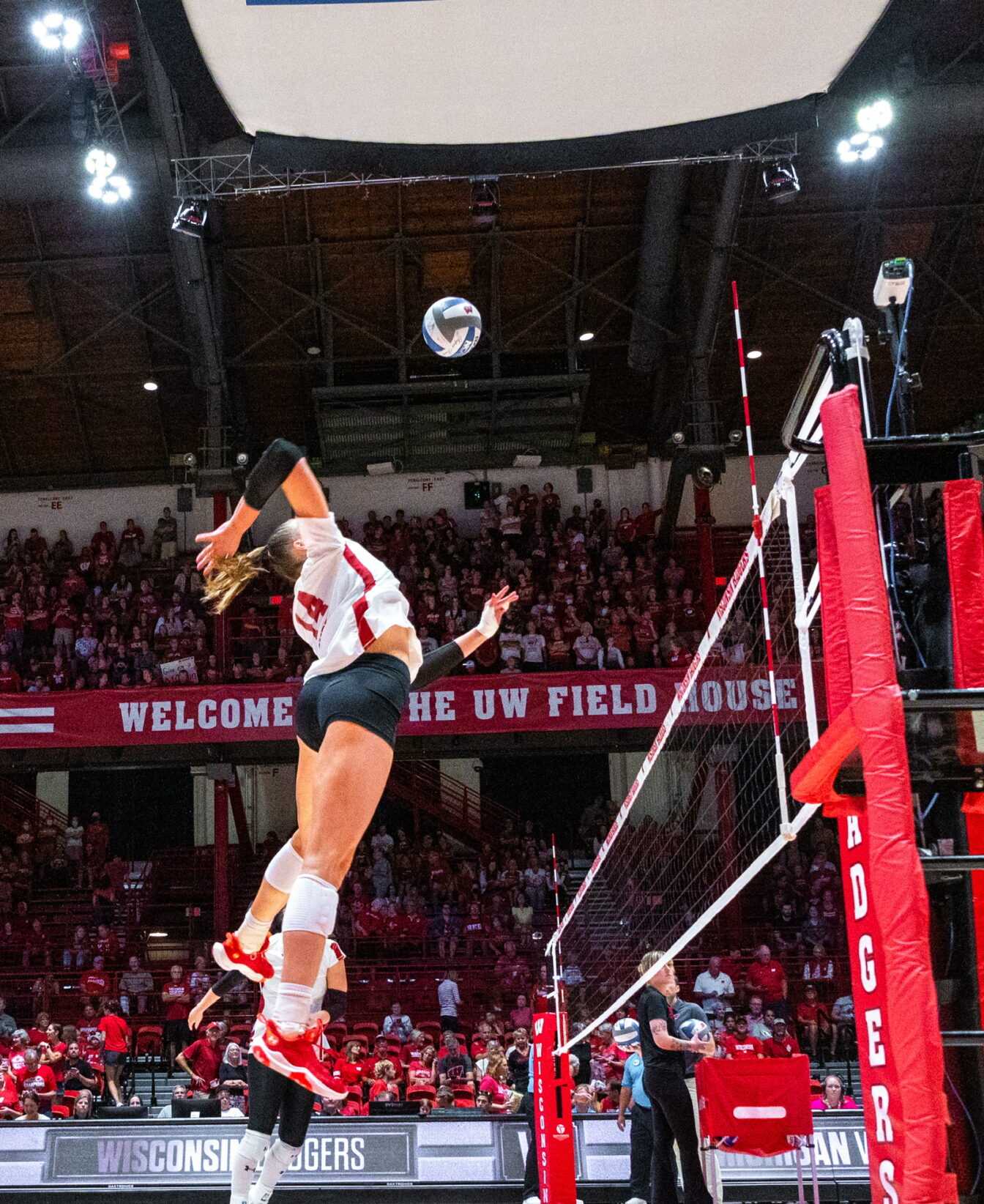When Connecticut, Duke, Tennessee, and Texas hit the floor in Atlanta this weekend, the evolution of women’s college basketball will be on display.
Texas coach Jody Conradt is the matriarch of the modern women’s game, coaching at the college level since before Title IX and becoming one of two women’s basketball coaches to reach 800 career wins this season.
The other, Tennessee’s Pat Summit, will also be in Atlanta. Since 1974, she has coached the most successful team in the AIAW / NCAA era, winning six NCAA championships.
Geno Auriemma built a Connecticut team from mediocrity to perennial greatness, including two undefeated seasons and three national titles in his 18 years as head coach.
And Duke’s Gail Goestenkors represents the new elite. In her 11 years, she has made Dukes’s women’s basketball team nearly as the school’s male counterpart, a team led by Mike Krzyzewski.
On the basis of its coaches and featured players, notably UConn’s Diana
Taurasi and Duke’s Alana Beard, this year’s Final Four should be a pleasure to watch.
But this fortuitous happenstance should not overshadow the ongoing trials facing the women’s game.
Though parity is creeping into women’s hoops, the Final Four still consists of three top seeds and the No. 2 seed, Texas. While the popularity of the sport continues to grow, there is still a struggle to fill the stands, even for many tournament games.
Prior to this year, the opening weekend’s games have traditionally taken place on the home courts of each region’s top four seeds. This year’s haphazard pairings gave many lower seeds home-court advantage. It turns out the old method may be the best for some time, until the sport’s popularity warrants neutral courts throughout the tournament.
In the past, third- and fourth-round games have been on neutral ground. Not so this year as the NCAA committee decided these things gave three teams the potential to stay home through the first four rounds.
Both New Mexico and Stanford — sixth and third seeds, respectively — failed to reach Atlanta, but Tennessee made it through the opening rounds to the Final Four.
Most would say Tennessee had a good shot at the Final Four regardless. But by comparison, would the men of Kentucky have lost to Marquette in Lexington?
Would Duke’s men have had better luck in Durham?
This is an important distinction between the current state of men’s basketball and women’s basketball. Only time will tell how long it will be until both will adopt the same polices regarding the Big Dance.
Regardless of the seeding process and home court advantage system, the usual suspects will once again grace Atlanta to decided which perennial women’s basketball program will cut down the nets.














